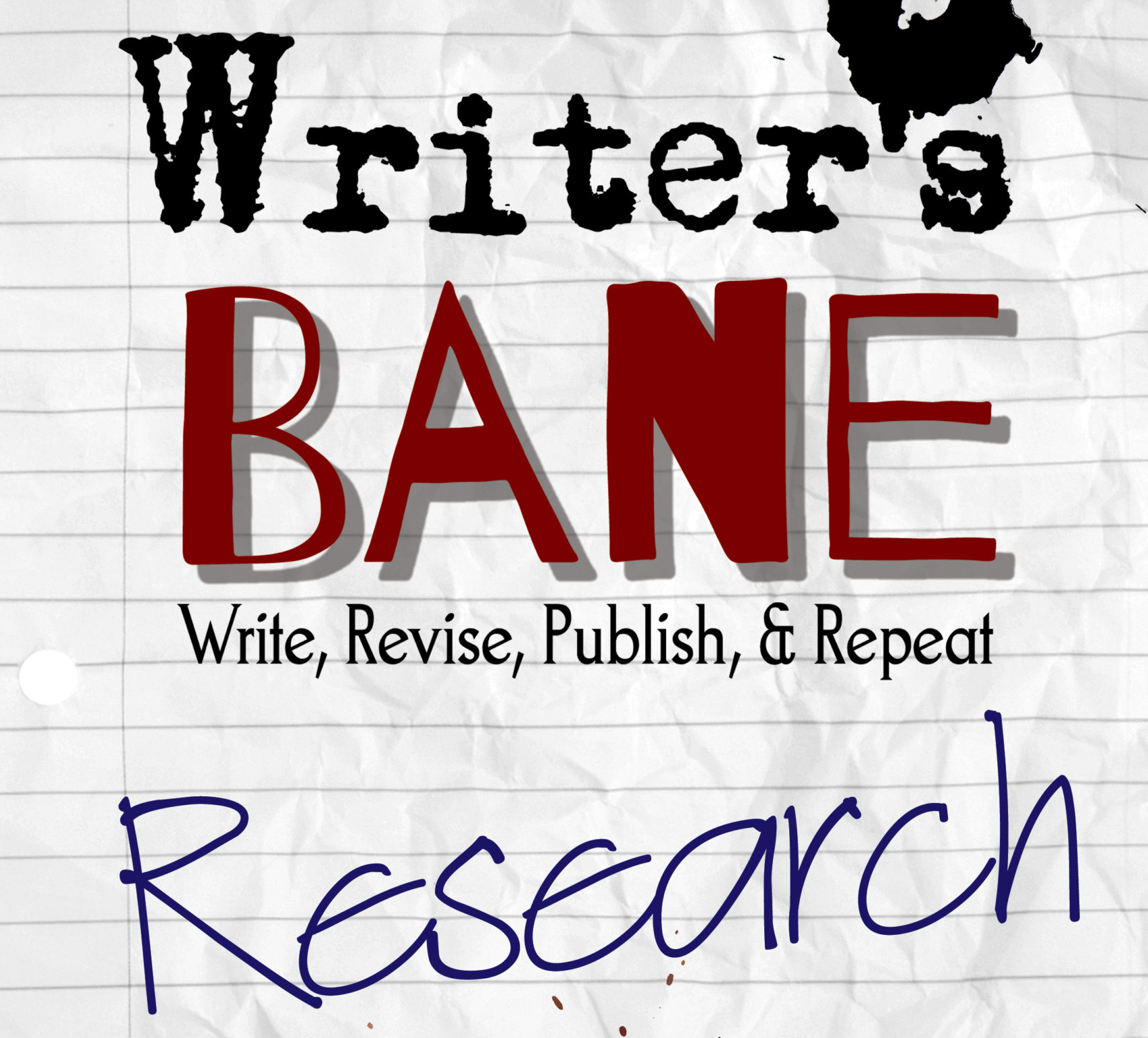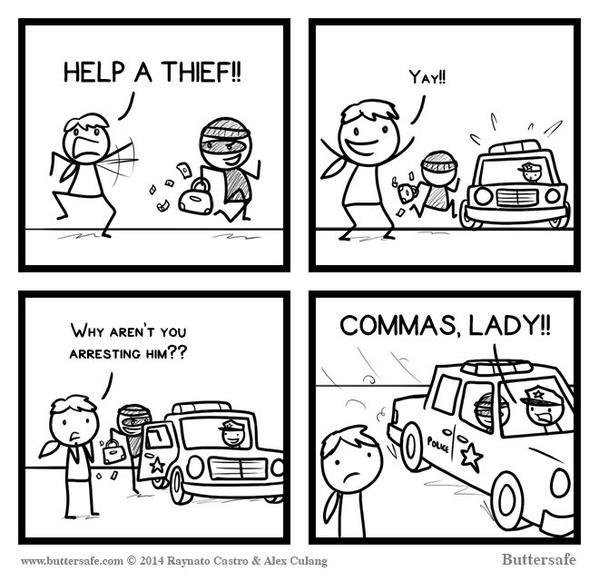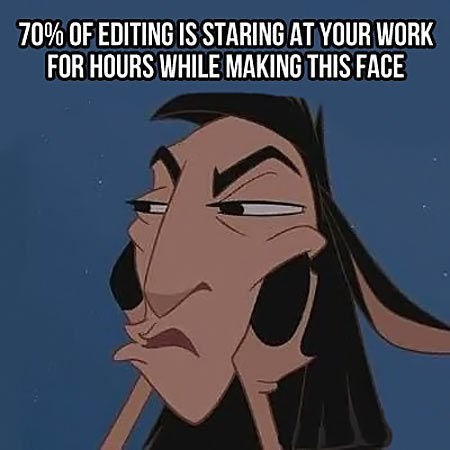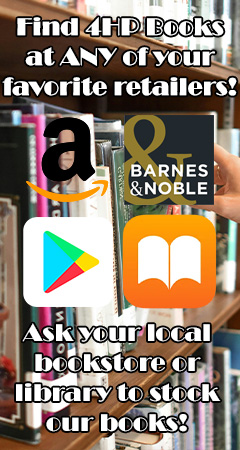
Research isn’t just for academic or non-fiction writing. Many readers are pleasantly surprised when they discover their fiction books, whether high fantasy or historical fiction, have more truth or real world influence than one would expect. As a fellow author, I often tie in lesser known myths, history, and superstitions into my own work despite creating worlds not connected to our own. With this magical blend comes several concerns and bear traps that can cripple the writing process on a few levels. I’ve often been asked:
- As a writer, how do you know when to stop research and start writing?
- Or how do you focus and break it down so it works for you?
- Furthermore, how do you stop yourself from falling down the rabbit hole of research and find yourself elsewhere hours later?
- Wait, exactly how much fiction to fact ratio do you even include/exclude!
After several panels and workshops, I have found myself writing a workbook on the topic. Mindful that this is not intended to create excitement and love for research, that’s just a personal vibe I carry close to heart. Instead, Writer’s Bane: Research 101 is intended to help an author break it down and stay focused. How? Well, here’s some of the advice from me to you:
Break it into 3 Core Focal Points
There’s only three main reasons you should be doing research for any story, whether short story to an epic science fiction. Don’t try to gather research on all three of these and you should do this one point at a time. So what are these three things? Character, World, and Plot. This shouldn’t be anything new to writers who have done a lot of workshops and reading on the craft of writing.
Character
Pick a single character at a time. Cliff notes and bullet points are best as you discover something you want to add to your character. If you’re writing historical fiction, you don’t want to stray too far from the truth. Meanwhile, fantasy and alt-history will have room to stretch, twist, and even re-invent. Even though you are doing research, it doesn’t mean it has to be exact in this case unless your audience and genre calls for it. Research a little up front on your main character, love interest, antagonist, and supporting or vital secondary characters. It’s encouraged to do research as they arrive in a scene so as to not derail your writing and telling of your story.
World
Again, same concept as the characters. Focus on key locations and research them one at a time. Creating an ice planet? Do some extreme weather survival dives and note ways your characters will have to combat. What would be available here? Even consider resources that would be common or accessible that may rendered useless in areas. For example, in a high fantasy world, magic is legal in one kingdom, while forbidden in another and puts the entire party at risk of burning at the stake if caught! You can use real world applications to help decipher unique cultural aspects, but remember to be respectful of cultures, religions, and indigenous people you are using for research. Not sure if you did so? Grab a sensitivity reader and share. Work with them to correct any red flags you weren’t knowledgeable enough to see.
Plot
As strange as this may sound, your plot often will cause a snag or leave you unsure of how to best describe or execute how the character and world should be interacting with one another. Is there an earthquake? No problem, there’s tons of actual accounts on video, written, and recorded throughout history. Don’t be afraid to research even the smallest detail to help create a believable story. For example, the character making soap from scratch! Can he just do it with nothing more than a campfire? How long does it last? Can he find the missing elements close by? Can he even stomach the process? These are all things to consider that impact how this plot of making soap can even impact the character’s needs for the next scene… So if a campfire isn’t enough, then perhaps throwing them in the way of a trappers cabin or similar to help provide a way to access items. Don’t be afraid to consider the options and twist the plot to make a more believable story!
Do and Don’t Lists!
As you set forward to research, keep in mind often what you DO want and DON’T want for that focus point. You aren’t researching a bunch of things all at once, or you’ll spiral away from the thing you need in this moment to keep writing and derail yourself. So, the moment you can say “I don’t need this for this character” or focal point, pivot back a step and look for something you DO need. This takes some getting used to. Found something too juicy to let go? Copy and paste it to a dump file! This can be a great starting point for research in other areas, but don’t allow yourself to dip off the path any further! These lists also come in handy when you want to hyperfocus on building characters, worlds, or even a plot with certain aspects while keeping others out completely.
Set a Timer
Much like the practice of writing sprints, it’s always good to set a timer to come up for air from research. The last thing you want to do is steal time away from your writing simply because you’ve found yourself distracted by the content. Again, this is a good way to make yourself ask “DO or DON’T” what you are looking at at the end of this sprint. If it’s not on focus, change focal points, reset and refocus on the current focal point, or head back to your story and start writing! You may not realize you broke loose without taking the time to assess often. Research hounds such as myself can lose an entire day on a single point!
Make Grids and Charts
If you have a copy of Writer’s Bane: Research 101 You already have access to some great charts that are flexible for any style of writing. These can make it easier to see information about your three focal points and make more sense. It’s also a great way to see how research overlaps or perhaps opposes, strengthening the development of your story’s characters and plot as a whole. Here’s a sample of a chart that works great at seeing your core focal points at a glance. This chart is designed to help you streamline your research ahead of time to keep focus on point. Creating a more detailed list on each of these points may help you, but this is a great starting point for those needing help to stay on course for combining research and fiction.
Happy writing!










